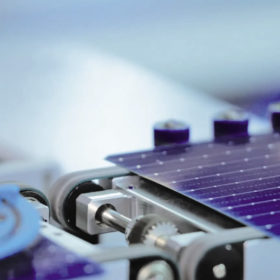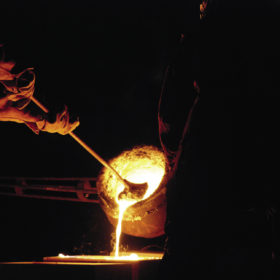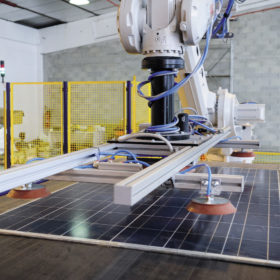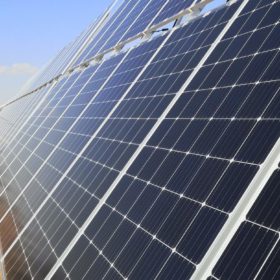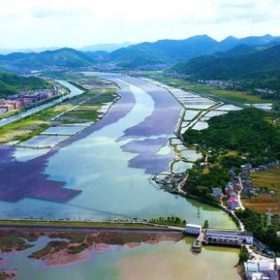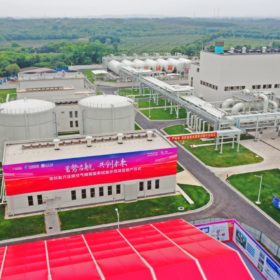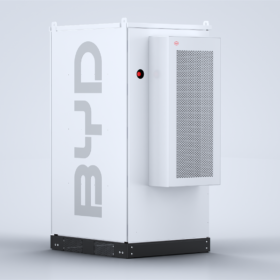Perovskite-silicon tandem solar cell with TOPCon structure hits 27.6% efficiency
A research group led by Chinese manufacturer JinkoSolar has developed a tandem perovskite-silicon cell with a subcell based on TOPCon tech. The group succeeded in reducing voltage losses in the silicon sub-cell by minimising the shunting probability during device fabrication.
Chinese polysilicon producer shuts down factory due to fire
East Hope has halted production due to a fire at its factory in the Zhundong Economic and Technological Development Zone, in China’s Xinjiang region. pv magazine recently spoke with polysilicon analyst Johannes Bernreuter about the possible consequences of the fire on the supply chain.
Longi unwraps reasons behind green hydrogen shift
In recent years, Longi has turned its attention to green hydrogen. Li Zhenguo, company founder and CEO, speaks with Vincent Shaw in Shanghai about the strategic shift and how coupling this technology with solar PV will be key to achieving carbon neutrality.
Recycling process promises ‘better than new’ silicon wafers
Scientists in China have developed a new recycling process for PV modules that can recover intact silicon cells from end-of-life products, and process them back into wafers. As part of the recycling process, the wafers are purified and surface-treated, making them suitable for integration into new, high-efficiency cells and modules.
Jolywood scraps solar plans in Indonesia
Jolywood has cancelled a plan to invest in solar cell and panel production in Indonesia, while Hangzhou First Applied Material has said that it will invest US$226 million (AU$324 million) in the expansion of its EVA film output capacity.
Ultra-thin inverted perovskite solar cell with 20.2% efficiency
Chinese scientists have developed an ultralight solar cell with perovskite film based on a 3-µm-thick polymer. It purportedly has a power conversion efficiency in line with that of perovskite cells of conventional thickness.
Floating solar, tidal energy plant goes online in China
CHN Energy has linked a 100 MW floating PV plant to an existing 4.1 MW tidal energy system in China’s Zhejiang province. The tidal power station was commissioned in 1980 and is the fourth-largest system of its kind in the world.
China’s first salt cavern for compressed air energy storage goes online
Huaneng Group has finished building a 300 MWh storage project in Changzhou, in China’s Jiangsu province. The state-owned company has already started operating the facility, which is situated in a salt cavern.
BYD launches new C&I battery
Chinese battery manufacturer BYD has launched an expanded portfolio of energy storage systems designed for the commercial and industrial solar markets. At The smarter E in Munich last month the company also provided a sneak peak at a new high-voltage storage system expected to be launched later this year.
Trina Solar’s pathway to TOPCon
Trina Solar will eventually start selling TOPCon and heterojunction products, even though it built its first large-scale TOPCon project four years ago. The company says it is now making progress on TOPCon module production, despite supply chain issues.
